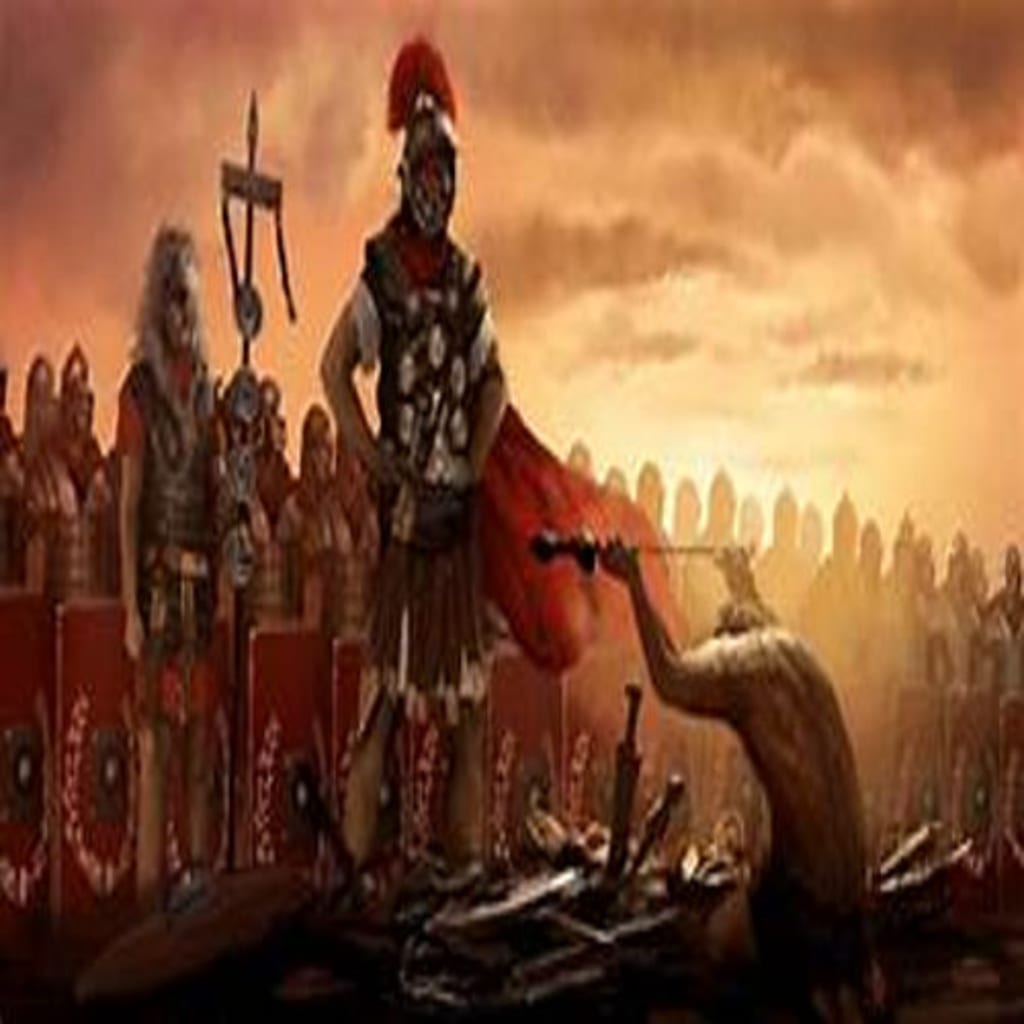
Ancient Rome, often revered for its magnificent architecture and classical heritage, harbors a plethora of unsettling truths beneath its grand facade. While we may romanticize this era, a closer look reveals unsettling aspects that even those of us who bask in Roman culture and history might find deeply disturbing.
**Torture: A Systemic Practice**
While most people are aware of the Romans' penchant for torture, particularly the infamous crucifixion, the extent of their brutality often remains underestimated. Torture, in various forms, was not an occasional punishment reserved for the most heinous criminals or the most sadistic rulers; it was, in fact, mandated by the Roman judicial system, often inflicted on witnesses rather than just the perpetrators. Slaves, who constituted around a third of Roman society, were often subjected to this horrifying practice. The Roman legal system deemed slaves untrustworthy, leading to the belief that only through torture could they provide genuine testimony, usually pertaining to their masters' disputes or actions. Consequently, when one lost a legal battle, part of the penalty often included compensation for the other party's slaves, who had invariably suffered injury or death during the proceedings.
While during the Roman Republic and early Empire, torture was primarily reserved for slaves, the practice eventually spread to the freemen as the empire began to decline. The Roman elite classes increasingly employed it against those beneath them. Various forms of torture, including lead-tipped whips, the rack, and the gruesome act of leather peeling, which involved dousing victims in boiling water before tearing away their scorched flesh, became disturbingly common. The "akuleus," also known as the "little horse," involved forcing victims to straddle a sharp, triangular wooden beam or spike while weights were attached to their limbs, exacerbating their excruciating pain. Such judicial torture was so normalized that a distinct profession emerged - the "carnifex," or torture expert, whom one could hire for the gruesome task.
**Lead Poisoning: A Silent Menace**
Modern science has demonstrated the disastrous effects of lead exposure, particularly on the human brain and body. However, ancient Rome unwittingly subjected its citizens to rampant lead poisoning. This toxic metal infiltrated various aspects of Roman life. Notably, their public water supply, lauded as an achievement, was tainted with lead due to lead pipes used within the city and to line aqueducts that transported water across the empire. Roman tap water likely contained a staggering 100 times more lead than natural spring water.
Lead seeped into Roman cuisine as well. The Romans added lead directly to their dishes and utensils, with pots and implements crafted from this dangerous metal. In their pursuit of sweetness, the Romans relied on grape must, boiled in lead pots, resulting in lead acetate formation. This substance, apart from its extreme toxicity, offered a sweet flavor. Roman cookbooks, including the Abacus dating to the 5th century, featured recipes incorporating this deadly grape must syrup.
Lead's insidious accumulation in the body led to a range of chronic symptoms, from abdominal pain and anemia to nausea and infertility. The most severe impacts targeted the brain, manifesting as short-term memory loss, depression, headaches, slurred speech, and aggressive behavior. Some historians even speculate that lead poisoning contributed to the eccentric behavior of numerous Roman emperors, leading to concerns of rampant lead-induced infertility and its role in the empire's eventual decline.
**Roman Eroticism: A Bold Display**
In contrast to their discomfort with certain aspects of life, the Romans openly embraced sexuality. Unlike modern notions of prudishness, the Romans celebrated sexual freedom and exploration. Legal brothels thrived, and Rome lacked the strict homosexual-heterosexual dichotomy we have today. Fluid sexual relations with both genders were common, as long as they were moderate. Erotic novels, sex manuals, and explicit art adorned their homes, presenting an open attitude towards sexuality that would shock many cultures today.
Pompeii and Herculaneum, preserved in volcanic ash, offer insight into Roman erotic art. Phallic imagery was pervasive, either as standalone representations or associated with deities like Pan. Frescoes in homes, brothels, and public spaces depicted explicit scenes of women and men engaging in a wide range of sexual activities. Some works even depicted sexual acts with animals.
Curiously, modern archaeologists were initially hesitant to uncover this explicit art due to embarrassment. The "Secret Room" in the Naples National Archaeological Museum, housing these artworks, remained locked away for centuries, only opened to the public in 2000, but still under restricted access.
**Infanticide and Exposure: The Grim Reality**
Infanticide was an unsettling facet of Roman society, but the Romans did not actively kill their infants. Instead, they practiced "expositio," essentially abandoning unwanted babies. Poverty often drove families to this grim choice, as additional mouths to feed strained their resources. Girls, who required extra support due to menstruation, pregnancy, or dowries, were particularly vulnerable. Doubts about a child's legitimacy could also lead to exposure, with fathers having the legal authority to do so.
Deformed infants, viewed as embodiments of evil, were subjected to mandatory exposure, a practice considered a point of pride. Notably, Romulus and Remus, founders of Rome, were themselves survivors of exposure. They were abandoned by their mother, Rhea Silvia, but miraculously saved by divine intervention, emphasizing the ancient Romans' complex relationship with this grim tradition.
**Human Sacrifice: A Disturbing Past**
While the Romans criticized other cultures for practicing human sacrifice, they too engaged in it. Human sacrifices, predominantly male, occurred in various forms. The Vestal Virgins, responsible for maintaining the sacred fire of the goddess Vesta, would ceremonially throw old men off the Pons Sublicius bridge into the Tiber River. Young boys were hanged from trees during the Faralia festival in May. After the Senate's ban on human sacrifice in 97 BC, the Vestal Virgins substituted puppets for human victims.
The practice of human sacrifice was also linked to social and religious norms. Vestal Virgins who broke their vow of chastity faced execution by burial. The Roman belief held that only voluntary sacrifices appeased the gods, and Vestal Virgins would willingly enter an underground vault where they would be buried alive.
Gladiatorial games, initially rooted in religious rituals, eventually evolved into brutal entertainment, a stark departure from their ritualistic origins. Participants, often slaves or criminals, fought to the death, reflecting the Romans' growing appetite for macabre spectacles.
In Conclusion, while we admire Ancient Rome for its grandeur, we must also acknowledge the disturbing facets of its culture and history. These unsettling truths serve as a stark reminder of the complexity and contradictions inherent in the civilization that laid the foundation for Western society.
About the Creator
Enjoyed the story? Support the Creator.
Subscribe for free to receive all their stories in your feed. You could also pledge your support or give them a one-off tip, letting them know you appreciate their work.





Comments
There are no comments for this story
Be the first to respond and start the conversation.